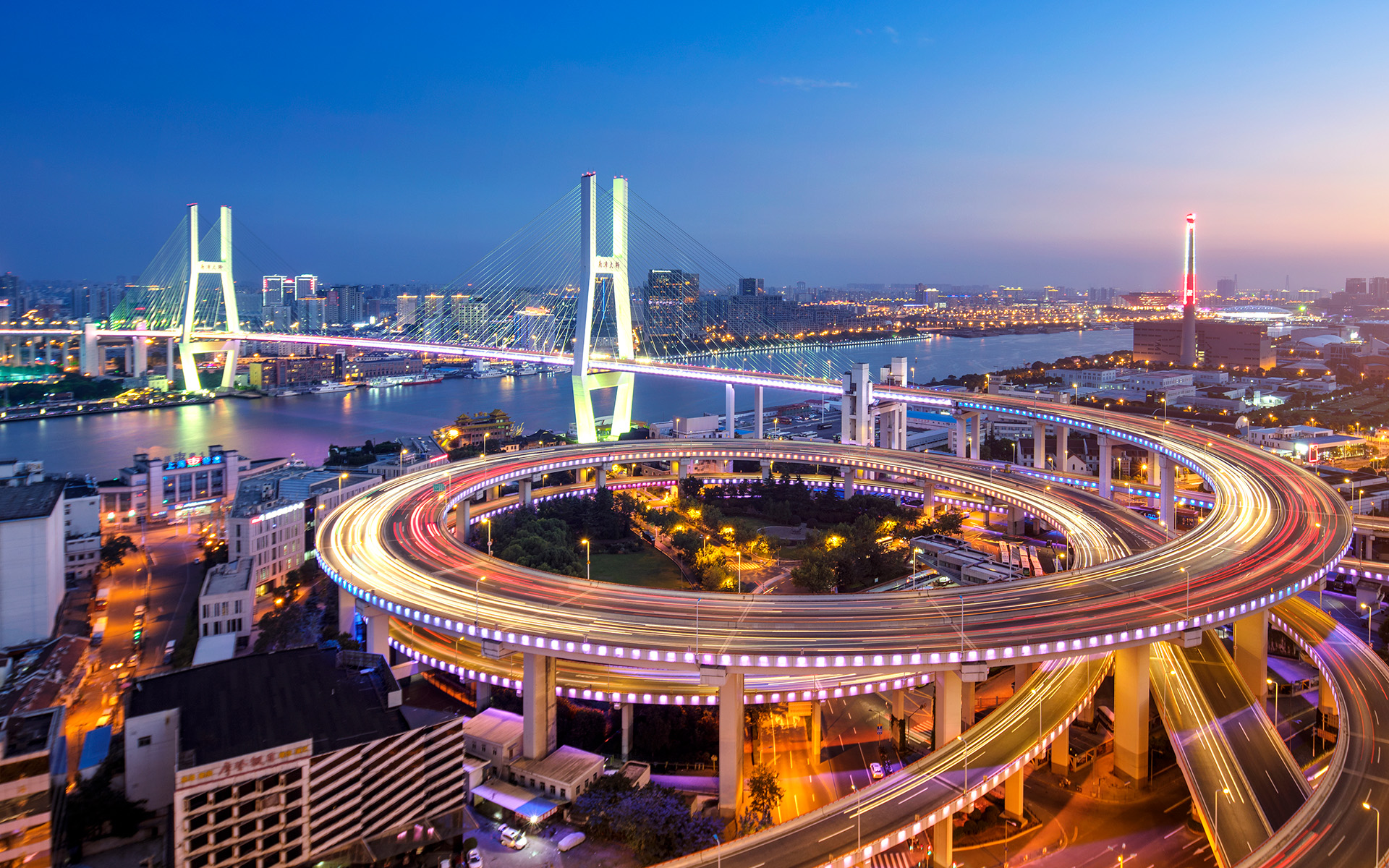The city is both an aviation hub for Central America and a critical conduit for global shipping and trade via the Panama Canal.
City Class Score
| Commercial Hubs | |
| Export Champions | |
| Mobility Connectors | |
| Climate Resilient |
Corporate HQs, MNC presence, branded outlets, hotels, manufacturing, start-up ecosystem,
transport linkages, population, and income.
Go to the class information
Manufacturing, industrial parks, export share and share change by category, air and port
infrastructure, freight time to market, trade agreements, and expert interviews.
Go to the class information
Passenger traffic, flight connectivity, air-cargo flights, port infrastructure, container
ship sailings, and major road networks.
Go to the class information
Coastal and river flooding, extreme rain, extreme heat and humidity, cyclones, and water
scarcity.
Go to the class information
Shanghai’s Bund is a breathtaking stretch of historic waterfront that graces the
western bank of the Huangpu River. The iconic promenade is lined with colonial-era buildings,
including the art deco masterpiece known as the Peace Hotel and the former headquarters of the Hong
Kong and Shanghai Banking Corporation, both of which were constructed in the 1920s and serve as a
testament to an era when Shanghai was often dubbed the “Paris of the East.” Passenger ferries, bulk
carriers, and container ships navigate the bustling waters of one of the world’s busiest rivers, as
vibrant today as it was a century ago.
Shanghai is a major export and commercial center,
but it truly stands out as a mobility hub, thanks to the scale and diversity of transportation
activities. While China’s economic growth has slowed over the past decade, Shanghai’s significance
as a mobility center will continue to expand. The city maintains strong cargo and passenger
connections to emerging markets, particularly in Southeast Asia and the Middle East. As Chinese
companies adapt to geopolitical shifts and seize new growth opportunities in markets like Indonesia
and Saudi Arabia, Shanghai will play a pivotal role in enhancing this growing connectivity.
As the world’s largest port for over a decade, Shanghai serves as a vital ocean freight hub for the
vast industrial base of the surrounding Yangtze River Delta, handling 49 million 20-foot containers
each year. The port also links ocean-going container ships with vessels arriving via the river from
inland cities, bringing a mix of bulk and containerized cargo. Meanwhile, Shanghai’s air cargo
operations are three times larger in total flights than any non-China city on our list. This sector
is set to grow, driven by rising demand for high-value electronic products. The city also boasts a
highly developed road network, ensuring that cargo can be efficiently transported between the
region’s many industrial hubs.
Despite a decline in international flight connectivity
following the pandemic, Shanghai continues to benefit from the country’s vast domestic market, with
its two commercial airports serving more than 150 domestic destinations. Domestic aviation remains
robust, even with a well-developed highspeed rail network that positions Shanghai as a major rail
hub. Passengers have the choice of a five-hour high-speed train ride to Beijing or a
two-and-a-halfhour flight. The city is also investing for the future, as its constructs a third
terminal at Shanghai Pudong International Airport and explores the viability of running maglev
trains between the city and Beijing.

